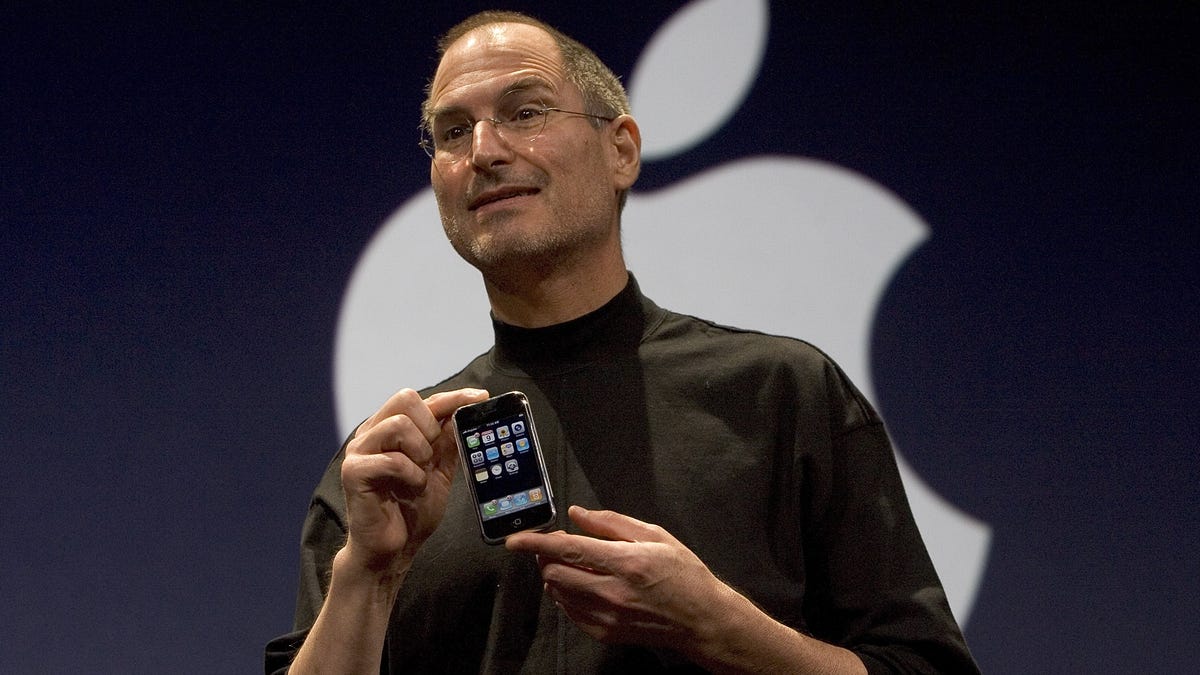
Steve Jobs unveiled the first iPhone on Jan. 9, 2007, at the MacWorld Expo.
David Paul Morris/Getty Images
![]()
Apple unveiled the first iPhone for $499 in 2007, an eye-watering price at the time. Since then, the cost of Apple’s iconic product has steadily — sometimes dramatically — increased, due to a wide array of factors, like improved technology and features. The tech giant also faces consistent pressure to keep growing its booming iPhone business, which accounts for nearly half its revenue.
Apple’s iPhones have only become more expensive over the last 15 years, even when you adjust for inflation. What’s less clear, however, is whether that trend will continue next year when the expected iPhone 15 (unofficial name) arrives. With macroeconomic challenges dampening smartphone demand and Apple’s history of changing prices, it’s difficult to make predictions.
“There is enough downward pressure on the market right now that it’s not going to be easy for Apple to increase prices,” said the International Data Corporation’s Bryan Ma.
Read more: iPhone 15 Rumors: All The Buzz About Apple’s Next Phone
iPhone 14
See at Apple

How the iPhone’s price has changed over time
Today’s iPhones are significantly more expensive than Apple’s early models. The steepest price increase occurred over the last six years, however. In 2016, the price climbed up to $649 for the iPhone 7. The following year, Apple charged $50 more for the iPhone 8, and in 2018, the iPhone XR was $50 more than that (starting at $749).
When Apple released the iPhone 11 in 2019, the price dropped back to $699, making it the lowest-priced phone the tech giant had launched in two years at the time. But that break didn’t last long. The year after, the iPhone hit its highest price ever: $829 for the iPhone 12 — partially thanks to the introduction of 5G. That means in six years, the starting price for a “regular” iPhone has increased $180 at face value, without adjusting for inflation. (You can scroll down to the bottom to our chart that tracks the price changes of Apple’s iPhone from 2007 to 2022.)
The iPhone 14 Plus Is a Big, Bold Purple Behemoth

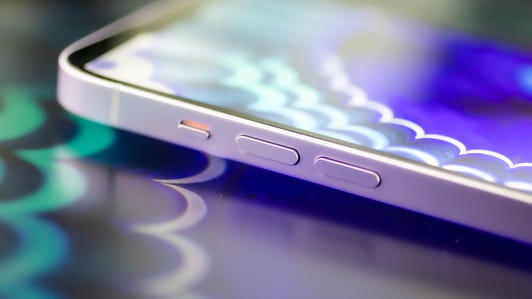

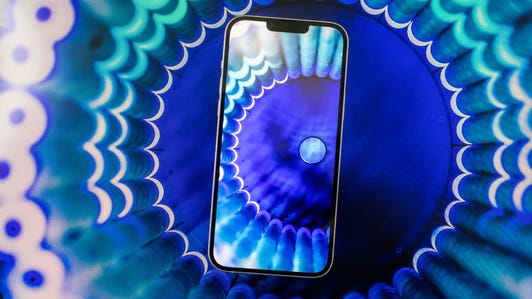

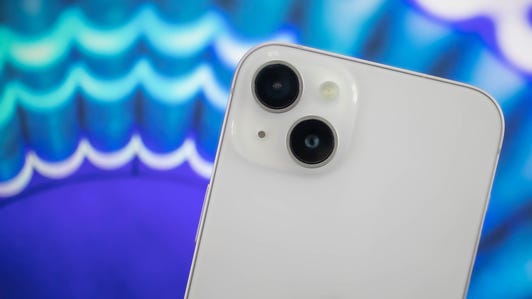
+8 more
See all photos
To be fair, Apple hasn’t increased the prices of the regular iPhone and the pro iPhones in the two years since the iPhone 12. But it has employed clever pricing strategies that make it more expensive to buy into the flagship iPhone lineup. For instance, Apple debuted the iPhone 12 Mini in 2020. It retailed for $729 unlocked which dropped to $699 if you activated it on a carrier at the time of purchase. That means the Mini sells for the exact same price as the previous year’s iPhone 11 — even though the former is a smaller device positioned as a more budget-friendly option. Fast-forward to 2022, and suddenly the Mini is missing from the iPhone lineup. (Apple discontinued it in favor of the iPhone 14 Plus.) Without an iPhone 14 Mini, the price of buying into the iPhone 14 series is now $829. That’s higher than last year’s buy-in price by $100.

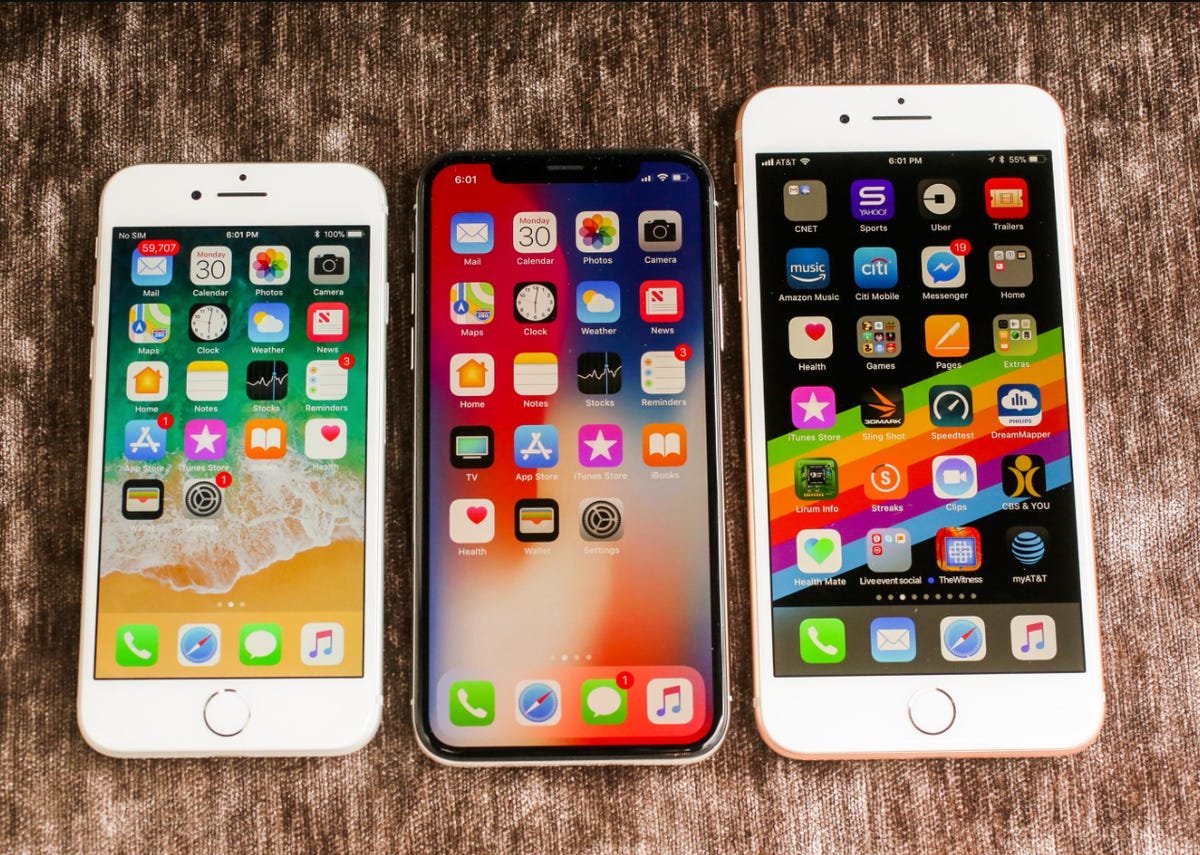
The iPhone 8, iPhone X and iPhone 8 Plus side by side.
Sarah Tew/CNET
For next year’s iPhone 15, the buy-in price of the upcoming flagship lineup or the price of the regular iPhone 15, is currently expected to remain the same, according to analysts and rumors. However, the upper limit of the price range could be pushed higher thanks to the rumored debut of a luxe iPhone 15 Ultra, which would replace the iPhone 15 Pro Max. This falls in line with predictions from seasoned Apple analyst Ming Chi Kuo, who expects Apple to differentiate further between the iPhone Pro and iPhone Pro Max models.
“It’s the best practice via a precise product segmentation strategy to generate more sales/profits in a mature market,” Kuo wrote in a post on Twitter in September.
It’s no secret that phone prices have soared as technology has progressed. New features like 5G, advanced cameras and foldable displays all make for more expensive phones. Thankfully, even Apple’s priciest iPhone is still cheaper than foldable phones like the Galaxy Z Fold 4, which starts at $1,800 without a trade-in. But it’s getting close. Case in point: The highest-storage variant of the iPhone 14 Pro Max (1TB) will set you back $1,599 — and that’s before you throw in sales tax, Apple Care, a phone case and anything else you might need to use your new iPhone.

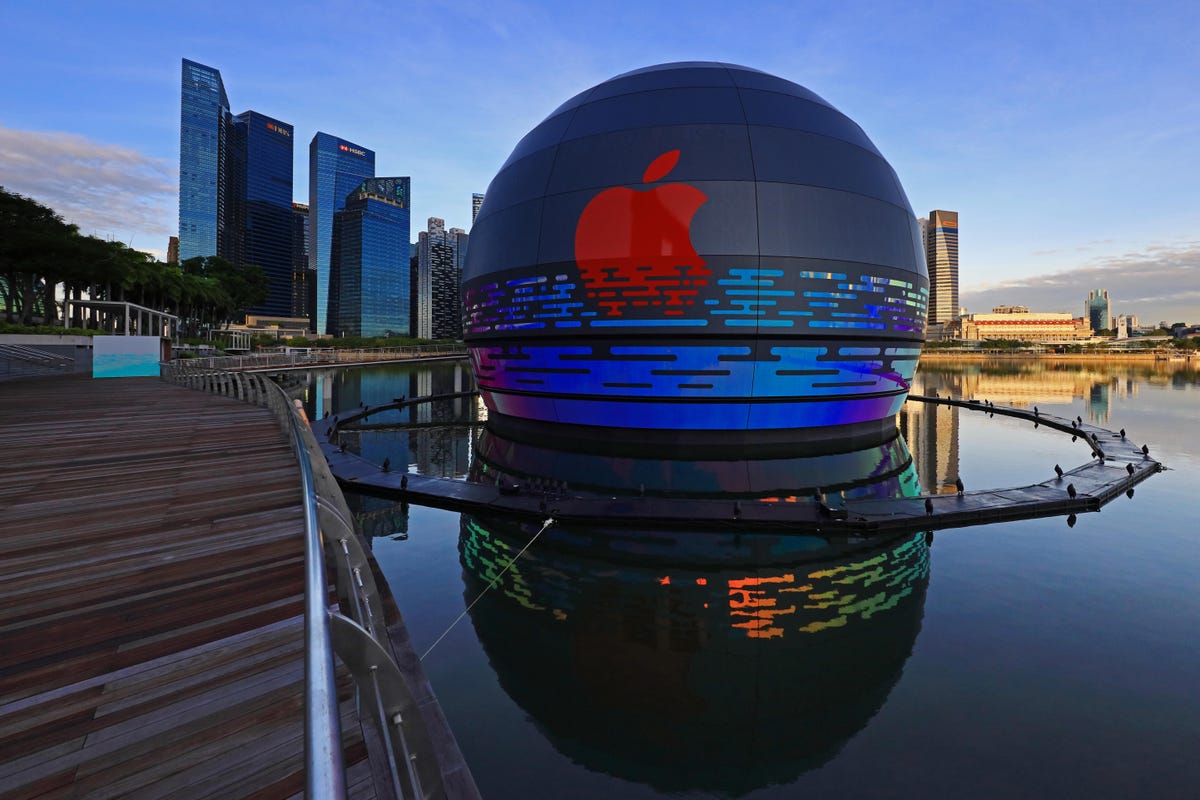
Apple’s flagship store in Singapore, which opened early in 2020.
Suhaimi Abdullah/Getty Images
iPhone prices around the world
Despite the surge in iPhone prices, most people in the US don’t feel the pinch since carriers typically offer discounts and subsidies, shaving hundreds of dollars off the list price to encourage upgrades. In fact, for the iPhone 14 lineup, AT&T offered a “free” iPhone 14 when you trade in an older iPhone. Trading in an iPhone 13 Pro Max 128GB will net you the full deal value as long as everything works and nothing is broken.
Read more: Best AT&T Phone Deals: Up to $800 Off From New Phones from Apple, Samsung, and More
Outside the United States, it’s a little different. Even as Apple kept the price of its iPhone generally steady in the US, it hiked prices in some Asian and European countries where currencies have dropped against the dollar in the past year. Shoppers in the UK had to contend with a price increase of approximately $80 for the iPhone 14, which starts at £849 compared to the iPhone 13’s price tag of £779. Meanwhile, people in Japan were dealt one of the highest prices globally, approximately $150 more, due mostly to a slumping yen.

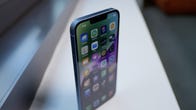
Watch this:
iPhone 14 Review: A Decent Upgrade for Most
9:53
iPhone 13 and 14 prices outside the US
| UK | Japan | |
|---|---|---|
| iPhone 13 | £779 | ¥98,800 |
| iPhone 14 | £849 | ¥119,800 |
| Price change | £70 price increase ($85) | ¥21,000 price increase ($155) |
But the iPhone 14 didn’t see a price hike in mainland China, Apple’s largest market outside the US, despite a drop in the country’s yuan currency. At the same time, iPhone demand in China has softened in recent years as the country grapples with economic pressures resulting from COVID-19 lockdowns.
How Apple will price the upcoming iPhone 15 is anyone’s guess. However, industry analysts say it will be tough for Apple to increase prices for the regular iPhone in 2023 given the looming risk of a recession as well as Apple’s success with the expansion of instalment plans.
“I’m sure that the engineering team would love to cram more sophisticated components into the product as competitive differentiators,” said the IDC’S Ma. “But if the macroeconomic gloom is still lingering one year from now, then that will be at odds with the ability of consumers to keep up, even if Apple fans tend to be more resilient and premium users.”
iPhone prices in the US over the years
| Year | Regular iPhone model | Starting price | iPhone Plus/Mini model | Starting price | iPhone Pro model | Starting price | iPhone Pro Max Model | Starting price |
|---|---|---|---|---|---|---|---|---|
| 2007 | iPhone 1 | $499 | ||||||
| 2008 | iPhone 3G | $599 | ||||||
| 2009 | iPhone 3GS | $599 | ||||||
| 2010 | iPhone 4 | $599 | ||||||
| 2011 | iPhone 4S | $599 | ||||||
| 2012 | iPhone 5 | $649 | ||||||
| 2013 | iPhone 5S | $649 | ||||||
| 2014 | iPhone 6 | $649 | iPhone 6 Plus | |||||
| 2016 | iPhone 7 | $649 | iPhone 7 Plus | $769 | ||||
| 2017 | iPhone 8 | $699 | iPhone 8 Plus | $799 | ||||
| 2017 | iPhone X | $999 | ||||||
| 2018 | iPhone XR | $749 | iPhone XS Max | $1,099 | ||||
| 2019 | iPhone 11 | $699 | iPhone 11 Pro | iPhone 11 Pro Max | ||||
| 2020 | iPhone 12 | $829 | iPhone 12 Mini | $729 | iPhone 12 Pro | $999 | iPhone 12 Pro Max | $1,099 |
| 2021 | iPhone 13 | $829 | iPhone 13 Mini | $699 | iPhone 13 Pro | $999 | iPhone 13 Pro Max | $1,099 |
| 2022 | iPhone 14 | $829 | iPhone 14 Plus | $899 | iPhone 14 Pro | $999 | iPhone 14 Pro Max | $1,099 |
| 2023 *Rumored price | iPhone 15 | $829* | iPhone 15 Plus | iPhone 15 Pro | iPhone 15 Ultra |
